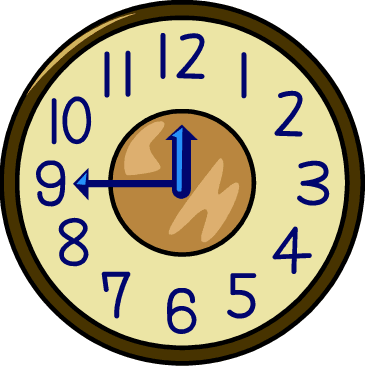ESL Driving Listening
Most English communication is by speaking and listening, and these ESL driving listening exercises will help you get experience of listening to spoken driving vocabulary so you will be able to understand it.

To be able to have a real conversation with someone you need to be able to understand them when they speak to you. You need to be able to listen to them. This page has 4 activities that you can do that will help you get better at listening to spoken English. If you need any help with the words used you can go to the ESL driving vocabulary page where there is a recording of the driving vocabulary being spoken by a native English speaker.
The 4 exercises are as follows:
- Identification of the order of a list of spoken words.
- Identification of the meaning of a definition that has been spoken.
- A listening comprehension passage.
- A dictation passage.
ESL Driving Listening Exercises
Exercise 1 – Identification of Spoken Word Order
This first ESL driving listening exercise has a recording of 5 groups of words. In each group there are 5 words and you need to decide which option (A-D) in each of the 5 questions has the order the same as in the recording. Click the get score button at the end to see how many you got correct.
ESL Driving Identification of Spoken Word Order
Listen to the recording of the five groups of five words each given above and decide which option (A-D) in the five questions in this test has the correct order.

Exercise 2 – Identification of Spoken Definition
The second ESL driving exercise has the definitions of some words being spoken, and in each question you need to decide which of the given options (A-D) corresponds to the spoken definition. Once you have finished, again click the get score button to see how you did.
ESL Driving Listening Identification of Vocabulary Meaning
Listen to the recording of the meanings of the five vocabulary words given above and decide which word out of the options (A-D) in each question matches the meaning.
Exercise 3 – Listening Comprehension
This third ESL driving listening exercise is a comprehension activity. Listen to the recording of the passage and then answer the 5 question in this task. Listen several times if you need to. Once you have finished you can reveal the correct answers by clicking the get score button.
At the end of the page there is a link that you can click to show the full text of the passage so you can check your understanding of it.
ESL Driving Listening Comprehension
Listen to the recording of the passage about driving above and answer the following five questions.
Exercise 4 – Dictation
The fourth ESL driving listening exercise is a dictation. You need to listen to the recording and write down what is said exactly. The recording has the passage read twice. The first time at a slow speaking rate and the second time with pauses after every few words as well as the punctuation being spoken. You should listen a few times if you need to.
At the end of this page there is a link to click that will show the full text of the passage so you can check your answer. Only look once you have finished the task.
Show Passage »
Dictation Passage
Show Passage »
Other Pages about driving that You Might Like
ESL Driving Conversations
ESL Driving Reading
ESL Driving Vocabulary
ESL Driving Writing
ESL 4u home › Listening › Driving


|
|



New! Comments
Have your say about what you just read! Leave me a comment in the box below.